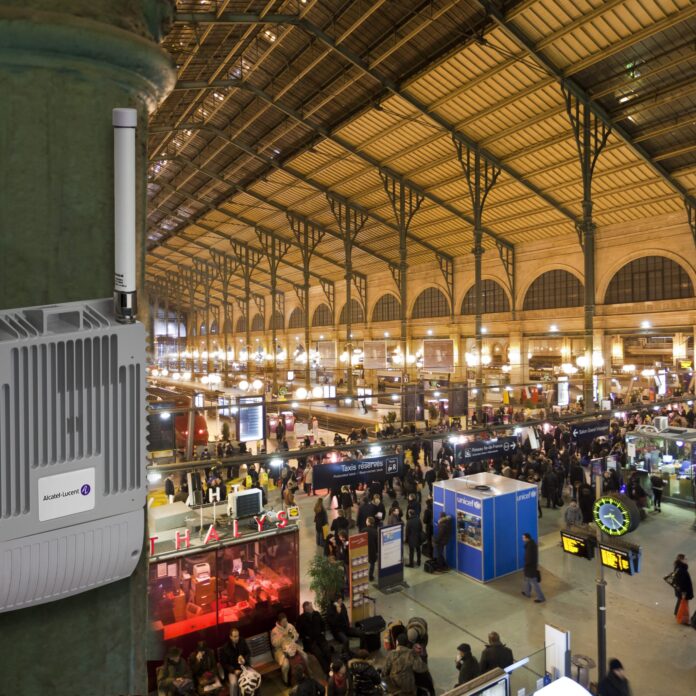Building size, carrier involvement, return on investment among determining factors
LOS ANGELES – There are some 4.8 million buildings in the U.S. that are 25,000 square feet or less, yet have the same in-building connectivity needs as much larger spaces. So what’s the best approach to providing building owners in this group with an appropriate solution? Is it distributed antenna systems or is it small cells?
That was the question addressed by panelists during a breakout session at the 2015 HetNet Expo held at the Millennium Biltmore this week.
“That’s a huge market,” moderator Larry Heisler, director of marketing for Anixter, said. “It’s probably the least-served part of the market today.”
The five-member panel all hit on the centrality of the business case as a primary determinant of identifying the right in-building solution.
“It’s not a simplistic business case,” Eric Abbott, director of project management at ExteNet Systems, said. “Generally speaking, the economics tend to win the argument at the end of the day.” Potential owners must consider, “What’s the derived value? …What are the ongoing costs? That then has to be tied to the use cases as well.”
Rich Grimes, COO of DAS and small cells for InSite Wireless, while addressing the venue sizes in question, said DAS is likely to lose out to small cells, but, “You have a scalability issue as it relates to small cell. It all comes down to how fast you can adapt some of these venues.”
He also discussed who in the equation will foot the bill. “Is the enterprise going to pay for it? Is the service provider going to pay for it? It all gets down to cost. That’s going to be the bottom line. You get into the dynamics of each carrier needing its own radio nodes. How many carriers are going to be interested in these venues?”
Rizwan Mir, Ericsson head of business development for small cells and in-building solutions in North America, said the investment has to be justified in terms of return.
“I think this is a transformation that’s happening,” he said. “I think what will help the [return on investment] are new solutions addressing these smaller building sizes and are geared toward providing good enough coverage … at a cost that justifies the RoI.”
Mir said building owners need to think of the investment the same as any other utility like gas, water or electric. “We are at the cusp … of a shifting mindset where building owners are starting to see it’s not just the operators that need to pitch in.”
Bill Cune, VP of commercial technology for Corning, said that, from his perspective, it shouldn’t be an antagonistic relationship between DAS and small cells; he emphasized the need to support “a mixed technology environment. Wireless is not static. Our approach is to come up with a network that doesn’t just do DAS. When you deploy these networks in these buildings, you want it to last. It’s not a versus, it’s an and.”

